The 3 Most Common Diseases in Black Tiger Shrimp and How to Prevent
1. MBV Disease in Black Tiger Shrimp (Monodon Baculovirus)
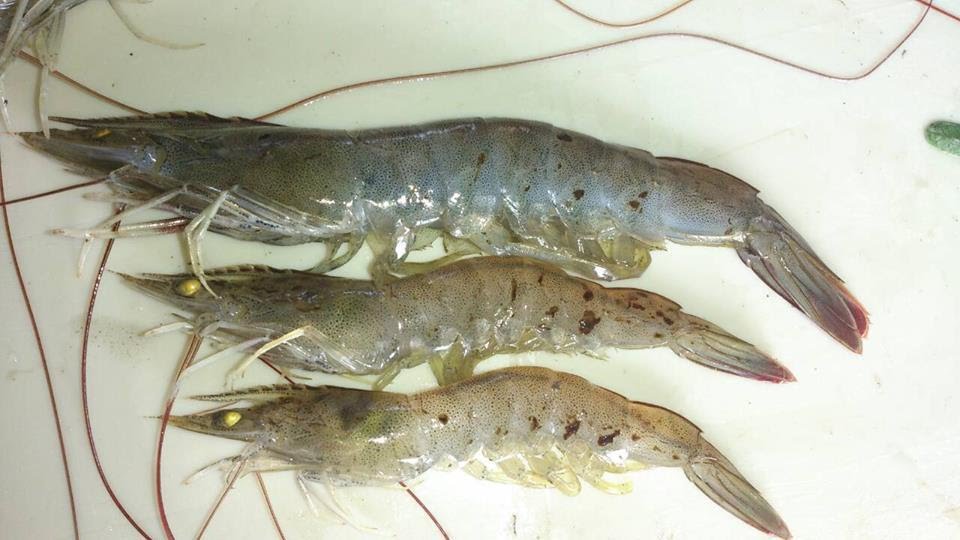
* Cause:
The Monodon Baculovirus (MBV) is caused by a type A Baculovirus with a rod-like structure and a double-stranded DNA core. It infects the hepatopancreas epithelial cells and the front midgut epithelial cells. The virus reproduces within the host cell nucleus in three stages:
- Stage O (Latent): Early stage where changes in cell cytoplasm begin.
- Stage 1: Cell nucleus swells slightly, and chromosomes dissolve. Cytoplasm begins to lose function.
- Stage 2: Nucleus swells rapidly, and virus numbers increase, forming occlusion bodies.
- Stage 3: The infected cell swells, and the nucleus contains occlusion bodies packed with viruses, which spread as cells are destroyed.
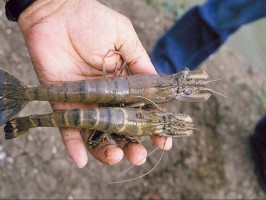
* Symptoms:
Infected shrimp may not initially show signs, but severe cases exhibit dark or pale blue color, poor appetite, and lethargy. Chitinous shells may necrotize, and hepatopancreas shrinks, turning a pale white color. Mortality can reach up to 70%.
* Prevention and Treatment:
- Avoid using shrimp postlarvae carrying MBV.
- Clean ponds and tanks thoroughly.
- Ensure good management practices, and quarantine broodstock before breeding.
- Water treated with ozone and disinfectants like Benzalkonium chloride can help produce virus-free shrimp.
2. Yellow Head Disease (YHD) in Black Tiger Shrimp

* Cause:
Caused by a rod-shaped virus resembling the Coronaviridae family, YHD infects shrimp tissue.
* Symptoms:
Infected shrimp grow rapidly and overeat initially, then suddenly stop eating, gather near the pond edge, and die. Gills and hepatopancreas turn yellow, and mortality can reach 100% wihin 3-5 days. Tissue samples reveal necrosis in multiple organs.
* Prevention and Treatment:
Use integrated prevention methods, avoid transporting infected shrimp, and immediately harvest infected ponds. Dispose of dead shrimp properly by burying or incinerating, and disinfect pond water with quicklime or calcium hypochlorite.
3. Gill-Associated Virus (GAV) Disease in Shrimp
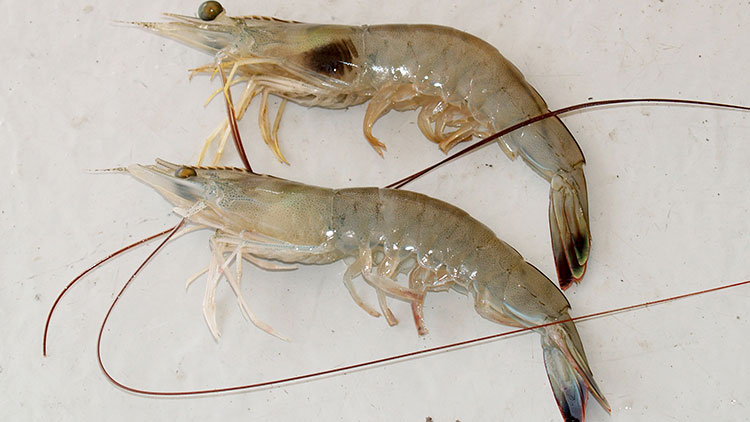
* Cause:
GAV, from the Okavirus genus in the Roniviridae family, infects lymphoid tissues in natural and farmed black tiger shrimp.
* Symptoms:
Chronically infected shrimp may show no signs, but acutely infected shrimp become lethargic, lose appetite, and swim near the surface. The shrimp may have dark red appendages, and gills may turn pinkish or yellowish.
* Prevention and Treatment:
Follow integrated disease prevention practices, avoid moving infected shrimp, and immediately remove dead shrimp from ponds. Disinfect pond water with quicklime or calcium hypochlorite before draining.
Contact AQUA MINA for consultation and supply of aquaculture round tanks and aquaculture equipment for high-tech shrimp farming.
- Address: 685 National Highway 1A, Binh Hung Hoa Ward, Binh Tan District, Ho Chi Minh City
- Phone: 1800 6071 (Toll-free hotline)
- Email: sales@aquamina.com.vn or oversea@aquamina.com.vn
Aqua Mina's distributor in Japan:
REX INDUSTRIES CO., LTD
- Address: 1-9-3 Hishiya-Higashi, Higashi-Osaka 578-0948 JAPAN
- Email: kimakubo@rexind.co.jp
- Phone: +81-(0)72-961-9893
- Website: http://www.rexind.co.jp/e/
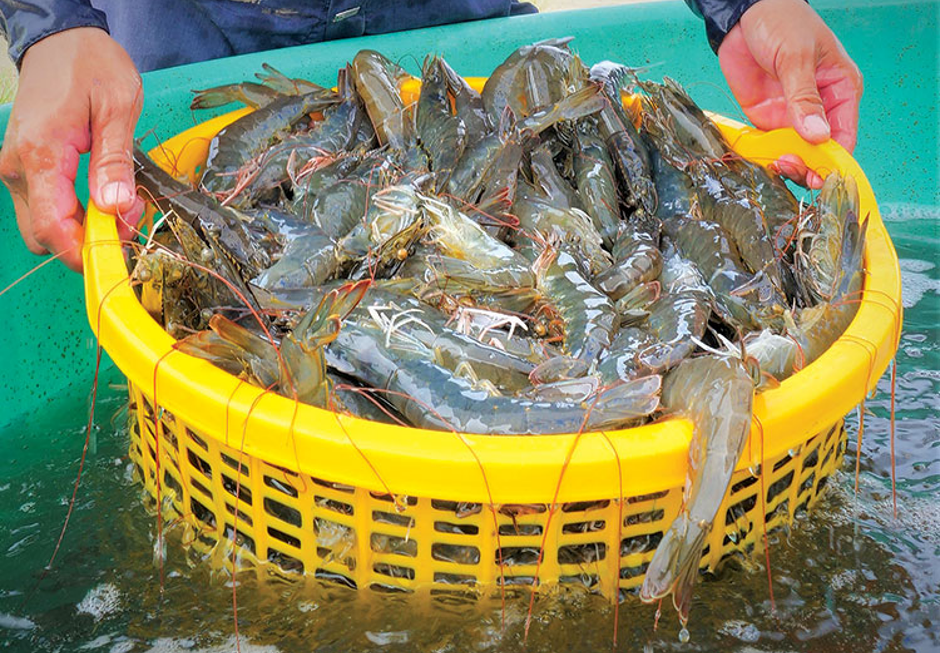
Ngày đăng : 11/11/2024
1920 View
Other Articles
Portuguese food group acquires 18% stake in cod farming company Norcod
Indonesia implements radioactive-free shrimp certification for exports to the United States
India is world’s second-largest shrimp producer. That is now under threat
Ca Mau’s shrimp industry moves towards “green” growth
Floods devastate aquaculture, processing operations in Vietnam
Ecuador Leads Global Shrimp Exports, Surpassing USD 7 Billion in 2025
India's marine product exports rise 16% as new markets offset US dip
Skretting presents the first shrimp feed with insect meal in Vietnam
Sharing: EU increases shrimp imports in the first 9 months of the year
Gideon De Oro opens high tech Cebu shrimp plant, to revive exports
White-leg shrimp facing WSSV: When density and environment fluctuate together















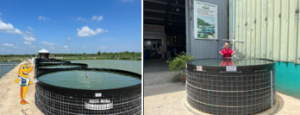


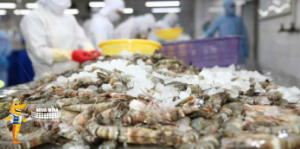
.jpg)